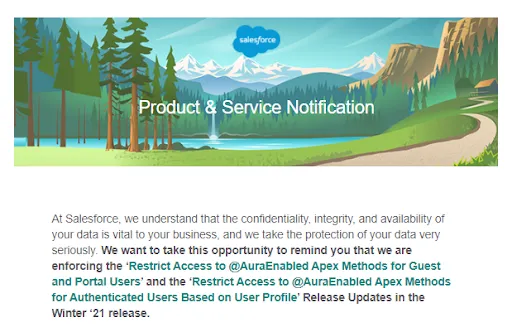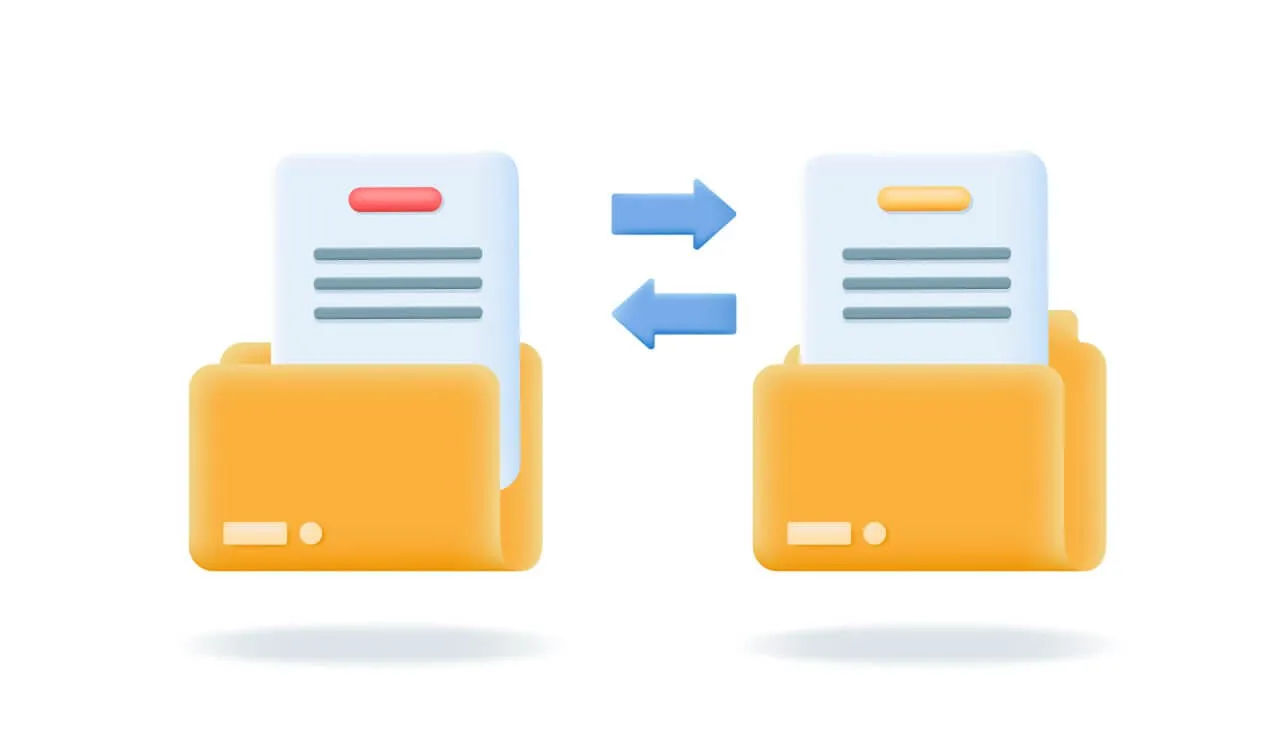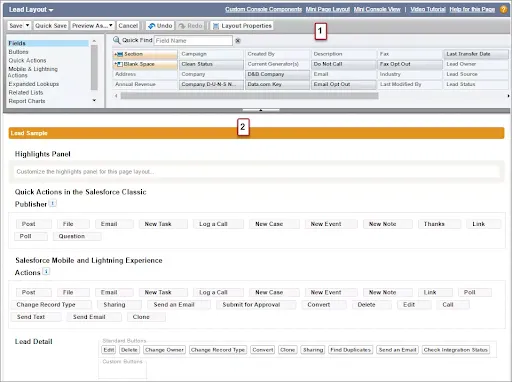Launch Odoo 19 Automations This Month to Cut Order-to-Cash Time
Implementing targeted Odoo 19 automations for order management, billing, and fulfillment can reduce order-to-cash time substantially. This article provides a pragmatic 90-day playbook, measurable KPIs, and concrete recommendations for ops and owners — showing where to prioritize automation to free working capital and shorten sales cycles within two quarters.
Implementing targeted Odoo 19 automations for order management, billing, and fulfillment can reduce order-to-cash time substantially. This piece offers a focused 90-day playbook to connect sales, inventory, and accounting automation flows, with measurable KPIs and clear tradeoffs so teams can capture revenue faster without a major engineering lift.
Launch Odoo 18 Automations This Month to Cut Order-to-Cash Time
Introduction
Order-to-cash (O2C) is where commercial promises become cash; inefficiency here ties up working capital, lengthens sales cycles, and increases operational cost. Odoo 19 introduces automation-ready modules and improved workflows that let mid-market companies automate order confirmation, stock reservation, invoice generation, and payment reconciliation. A tight scope — integrating Sales, Inventory, Invoicing, and Payments — produces measurable benefits quickly: shorter fulfilment times, fewer manual interventions, and predictable cash flows within two quarters.
Case in point
A 75-person industrial components distributor ran a manual O2C process: sales created orders in Odoo, warehouse staff manually reserved stock, finance issued invoices by hand, and reconciliation required two FTEs for several days each month. The company scoped an Odoo 19 automation initiative for 90 days: 1 week discovery and process mapping, 6 weeks configuration and connector setup, and 3 weeks user acceptance and training.
Concrete actions included enabling automatic stock reservation on order confirmation, using automated delivery order generation when pick lists were completed, linking Odoo Invoicing to automatic invoice creation on validated deliveries, and integrating a payment gateway for instant payment posting. They also added automated dunning rules and a daily reconciliation automation that matched bank statements to invoices by reference.
Results were tangible: average order-to-fulfilment time dropped from 5.2 days to 1.8 days in three months, Days Sales Outstanding (DSO) decreased by 12 days within six months, and monthly reconciliation time fell from 40 hours to 8 hours (roughly 1.5 FTEs reclaimed). The improvements accelerated cash collection and allowed sales to close smaller, faster deals without manual friction.
What to implement / Recommendations
- Start with a 90-day MVP that automates order confirmation, stock reservation, and invoice generation.
- Configure deterministic stock rules: auto-reserve available stock and trigger purchase orders for shortages.
- Enable automated invoice creation on validated delivery to eliminate manual billing delays.
- Integrate a payment gateway and auto-apply bank statement lines using payment references.
- Deploy automated dunning with tiered reminders and hold rules for overdue accounts.
- Add daily reconciliation scripts that flag mismatches and produce exception reports for one-click review.
- Train users in week-long sprints and lock scope to avoid scope creep during the MVP.
- Monitor 5 KPIs daily: order-to-fulfilment time, DSO, invoice error rate, reconciliation time, and on-time delivery rate.
For owners evaluating investments
Owners must weigh the implementation model: Odoo Enterprise with vendor support and prebuilt connectors speeds time-to-value and reduces internal engineering demand but increases subscription and partner fees. Building with Community edition and custom modules lowers licensing costs but requires engineering capacity and extends delivery to 4–6 months for comparable scope.
Prioritise ROI use-cases: if working capital is the bottleneck, focus on invoice automation and payments first; if fulfilment delays drive churn, prioritise stock reservation and delivery automation. A measured 90-day MVP with clear KPIs is the least-risk route to validate business impact before scaling.
Expected outcome
With disciplined scope and standard Odoo 19 modules, organisations should expect order-to-fulfilment reductions of 40–65% within three months and a DSO reduction of 10–20 days within six months depending on baseline processes. Reconciliation and billing automation commonly reclaim 1–2 FTEs in mid-market firms, reducing month-end close friction and lowering finance cost.
Beyond immediate savings, automated O2C creates predictable cash flows that support growth: faster collections enable the business to offer better payment terms to high-value clients and invest in fulfilment capacity without raising external financing. These measurable improvements typically yield payback within 6–12 months for implementations of moderate scope.
Enjoyed the article? Follow our LinkedIn newsletter for more insights — subscribe here






























